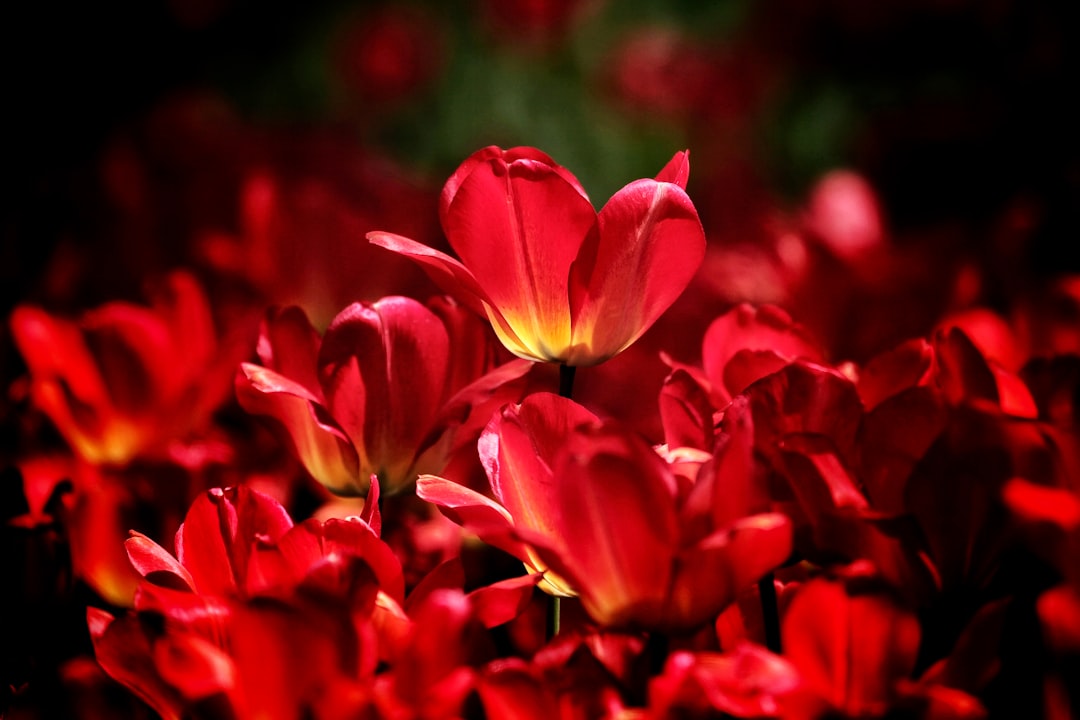The Hidden Gems of Indoor Gardening: Unusual Edible Houseplants

Indoor gardening has witnessed a remarkable surge in popularity, and for good reason. It offers a therapeutic escape from the hustle and bustle of daily life, allowing us to connect with nature right in the comfort of our homes. While common houseplants like pothos and spider plants adorn many living spaces, there's a whole world of unusual edible houseplants waiting to be discovered. These plants not only add a touch of style to your home but also bring a burst of flavor to your culinary adventures.
One such hidden gem is the pineapple guava (Feijoa sellowiana). With its attractive evergreen foliage and fragrant white and purple flowers, the pineapple guava is a sight to behold. But what truly sets it apart is its delicious fruit. Resembling a small, oval-shaped guava, the fruit has a unique flavor that combines the tastes of pineapple, guava, and mint. You can enjoy it fresh, sliced in salads, or even made into jams and jellies. This plant thrives in bright, indirect light and well-drained soil, making it a great addition to any indoor garden.
Another fascinating edible houseplant is the lemon verbena (Aloysia citrodora). Known for its strong lemon scent and flavor, lemon verbena is a versatile herb that can be used in a variety of culinary applications. From adding a refreshing twist to teas and cocktails to enhancing the flavor of desserts and savory dishes, this plant is a must-have for any food lover. Lemon verbena prefers full sun and well-drained soil, and it can be easily propagated from cuttings. With its delicate leaves and sweet fragrance, it also makes a beautiful addition to your home decor.
If you're looking for a plant that's both beautiful and edible, look no further than the nasturtium (Tropaeolum majus). These colorful flowers come in a variety of shades, including orange, yellow, and red, and they add a pop of color to any room. But the nasturtium isn't just a pretty face. Its leaves and flowers are edible and have a peppery, slightly spicy flavor that makes them a great addition to salads, sandwiches, and even soups. Nasturtiums are easy to grow and can tolerate a wide range of conditions, making them a perfect choice for beginner gardeners.
The chocolate mint (Mentha x piperita 'Chocolate') is another unusual edible houseplant that's sure to delight your senses. As the name suggests, this plant has a distinct chocolatey aroma and flavor, which makes it a unique addition to your herb collection. You can use chocolate mint in a variety of ways, from brewing it into a delicious tea to using it as a garnish for desserts. This plant thrives in partial shade and moist soil, and it can be easily propagated from cuttings. With its lush green leaves and sweet fragrance, it's a great plant to have in your home.
For those who love a bit of spice, the Thai basil (Ocimum basilicum var. thyrsiflora) is a must-have. This herb has a strong, licorice-like flavor and aroma, which makes it a popular ingredient in Thai and other Southeast Asian cuisines. You can use Thai basil in a variety of dishes, from curries and stir-fries to soups and salads. This plant prefers full sun and well-drained soil, and it can be easily grown from seeds. With its vibrant green leaves and purple flowers, it's also a beautiful plant to have in your home.
In addition to their culinary uses, these unusual edible houseplants also offer a number of health benefits. Many of them are rich in vitamins, minerals, and antioxidants, which can help boost your immune system and improve your overall health. They also have a calming effect on the mind and body, which can help reduce stress and anxiety. So, not only are you adding a touch of style and flavor to your home, but you're also doing something good for yourself.
When it comes to caring for these plants, it's important to remember that each one has its own specific needs. Some plants prefer full sun, while others do better in partial shade. Some require well-drained soil, while others need to be kept moist. It's important to do your research and make sure you're providing the right conditions for your plants to thrive. With a little bit of care and attention, you can enjoy these unusual edible houseplants for years to come.
In conclusion, adding unusual edible houseplants to your home is a great way to bring a touch of nature indoors and add a unique flavor to your culinary creations. Whether you're a seasoned gardener or just starting out, there's an edible houseplant out there for you. So, why not give it a try and see what kind of delicious and beautiful plants you can grow in your own home?